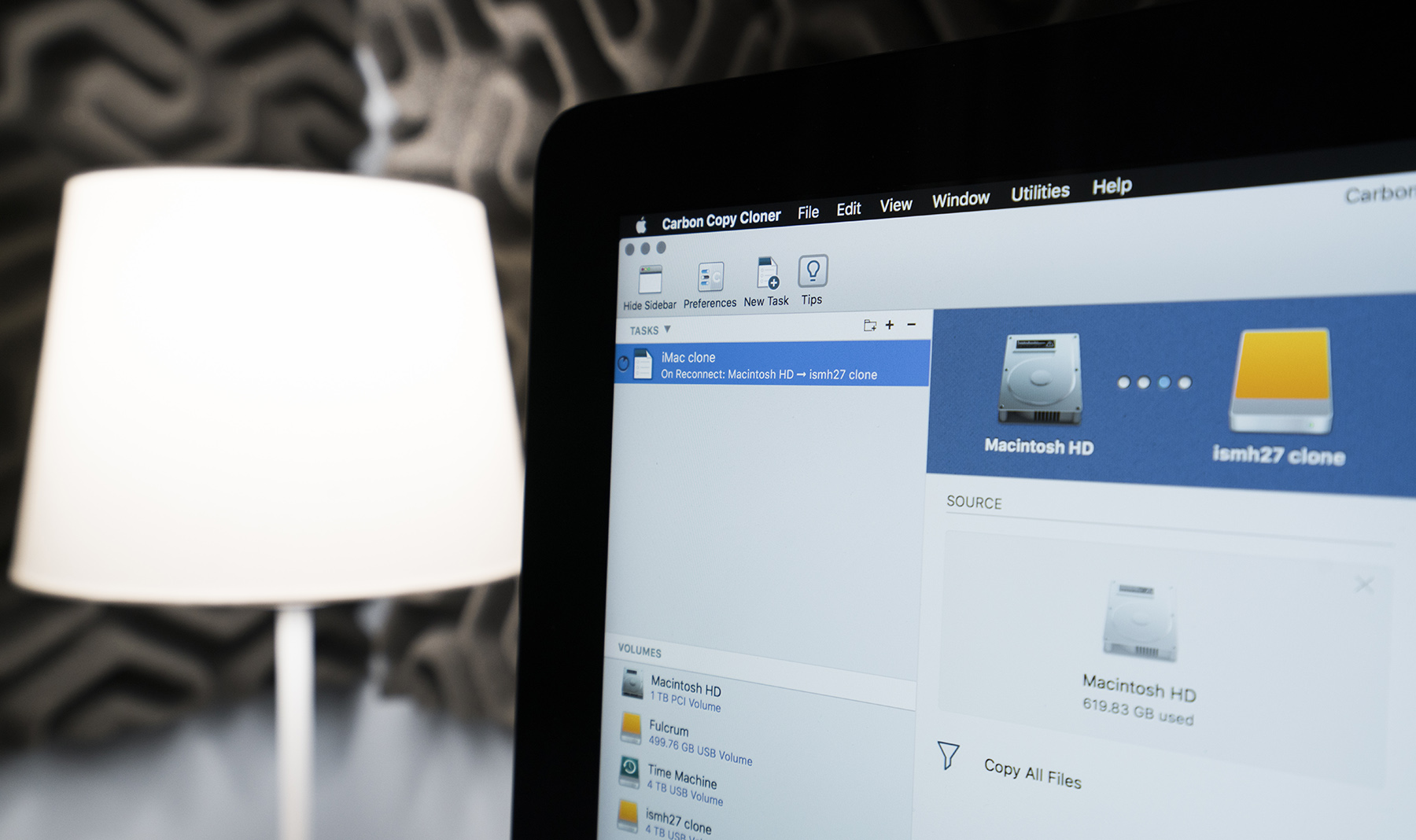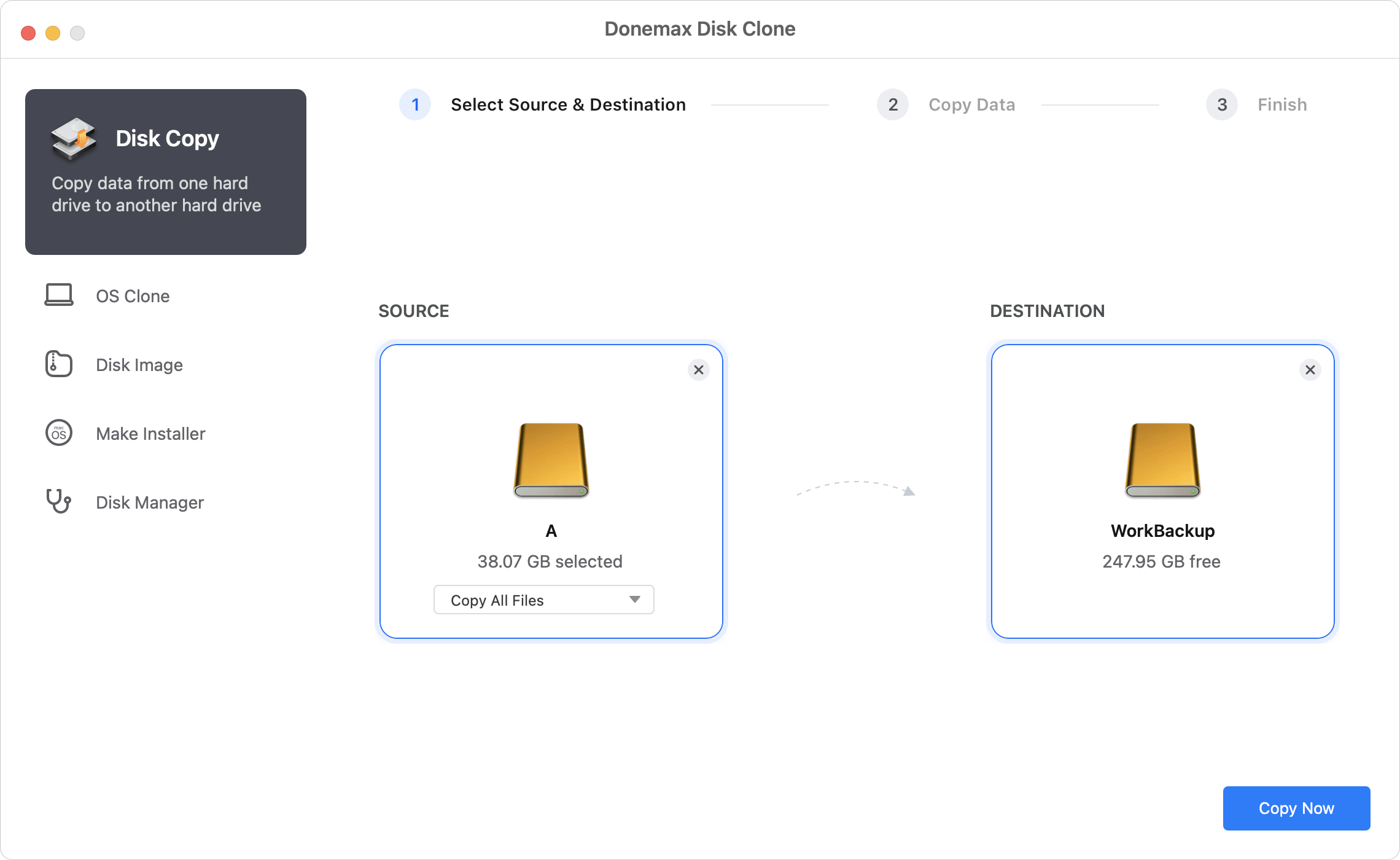Since my basic philosophy is to use as few tools as possible, my first choice for cloning OS 9 is to use the same tool I would use to clone OS X. I have used Carbon Copy Cloner several times to clone OS 9 and it seems to work well. Cloning OS 9 using Carbon Copy Cloner is essentially the same process used to clone OS X. Acronis has been a stable backup and cloning solution for Windows. I don't know how they deal with macOS but apps like Carbon Copy Cloner and SuperDuper are hard to beat. As for ARQ backup, keep in mind how long it takes to transmit your data to the cloud and even worse, how long it would take to recover it. Launch Carbon Copy Cloner When your Mac has finished restarting launch Carbon Copy Cloner. Applications Carbon Copy Cloner Note: When you open CCC on your backup volume, CCC will indicate that your regularly-scheduled tasks are suspended.
About the App
- App name: Carbon Copy Cloner
- App description: carbon-copy-cloner (App: Carbon Copy Cloner.app)
- App website: http://bombich.com/
Install the App

- Press
Command+Spaceand type Terminal and press enter/return key. - Run in Terminal app:
ruby -e '$(curl -fsSL https://raw.githubusercontent.com/Homebrew/install/master/install)' < /dev/null 2> /dev/null ; brew install caskroom/cask/brew-cask 2> /dev/null
and press enter/return key.
If the screen prompts you to enter a password, please enter your Mac's user password to continue. When you type the password, it won't be displayed on screen, but the system would accept it. So just type your password and press ENTER/RETURN key. Then wait for the command to finish. - Run:
brew cask install carbon-copy-cloner
Done! You can now use Carbon Copy Cloner.
Similar Software for Mac

All right, I confess. As usual, I was having a little difficulty coming up with a topic for this month’s column. Just as I was about to pull out most of my hair, some of our readers came to the rescue with some interesting questions. It seems that there is quite a bit of interest in creating utility disks with custom installations of Panther as well as “cloning” OS 9. I will also briefly mention a good reason for having an OS 9 disk around if your system can still boot from it. Let’s step into the lab and get to work.
The Mad Scientist’s Toolbox
If you have been reading my column for a while you know that I often tinker with several Macs. Tinker with any computer long enough, it will eventually rebel and refuse to work. Even if you do not tinker with your Mac, eventually something will go wrong and repairs will become necessary.
Making disk-based repairs on your Mac often requires more than one utility. That used to require some variation of the following procedure: boot your system from a utility disk, repair the disk drive, boot your system from a different utility disk to correct any problems left behind by the first utility. This process would continue until the drive was either repaired or so badly damaged that further repairs were impossible.


Give It the Boot?
In a previous column, I described a procedure for creating an emergency CD capable of running several utilities without the need for multiple reboots. Although that procedure worked well under Jaguar, it does not work for those of us running Panther.
You may recall that under Jaguar the process of creating an emergency CD relied on a program called BootCD. In theory, it should have been possible to use the same process under Panther even if it meant using a DVD instead of a CD. Well, the reality is a bit different. The current version of BootCD is not compatible with Panther. With all the new features included in Panther, there were numerous changes to the underpinnings of OS X. Somewhere along the way, we lost the ability to create our own “bootable” CDs.
I am not usually good at taking no for an answer, but this time I may have to for a while. After haunting several message boards and reading posts from Mac users who have tried just about every conceivable method of creating a bootable Panther DVD, I am forced to conclude that it cannot be done right now. Since “cloning” Panther is still possible, your best bet seems to be to copy your installation to another drive and use utilities there to correct any problems.
What about Nine
I also received some questions about cloning OS 9. That one was a bit of a puzzler for me. I rarely use OS 9 or Classic anymore except to run a handful of applications that I have not upgraded yet. Even though I do not often use OS 9, I must admit cloning it is a good idea.
Cloning OS X is a complicated process. Along with its Unix underpinnings comes a plethora of invisible files that need to be copied. Cloning OS 9 is a much simpler process by comparison, in part because there are far fewer invisible files to cause problems. So just how do you clone OS 9 anyway?
Carbon Copy Cloner 10.6.8
In your quest to clone OS 9 you might be tempted to simply use the Finder and copy files from your source drive to the target drive. This may work in some circumstances but the difficulty is that some programs might not work properly. If this happens you will often see problems with programs not remembering their serial numbers.

Carbon Copy Cloner 5
Since my basic philosophy is to use as few tools as possible, my first choice for cloning OS 9 is to use the same tool I would use to clone OS X. I have used Carbon Copy Cloner several times to clone OS 9 and it seems to work well.
Cloning OS 9 using Carbon Copy Cloner is essentially the same process used to clone OS X. It has been a while but here are the basic steps:
Launch the program and select your OS 9 installation as the source drive. If OS 9 is on a separate volume, you can simply select the entire volume. This is the best way to assure that you get any invisible files that have been created by your favorite program.
Carbon Copy Cloner Osx
If you are running Classic from the same drive as OS X, you need to select the right folders. The order that the folders are selected in is not as important as getting the right folders. Look for the following items: Applications (Mac OS 9), Documents, System Folder, and any other files that you want to copy. It may take some trial and error to get all of the necessary files. The exact files vary from one machine to another.
I tend to deselect any Norton FileSaver files from the list regardless of whether I am cloning OS 9 or X using Carbon Copy Cloner. It seems to hang every time it encounters one of these files. Once you have finished selecting files, click Clone and wait for the process to finish.
If you are not running OS X, you are not left out in the cold. Any of the third-party backup programs should be able to clone OS 9. At one time, I used LaCie’s Silverkeeper. I used an earlier version of this program some time ago but stopped using it when I migrated to OS X because it did not work properly. ATPM reader Tyler Stringer informs me that the current version of this program does a great job cloning OS 9. It was also a Pick of the Week at Mac OS X Hints. There are versions of Silverkeeper for both operating systems. It is a free utility but you must provide your name and an e-mail address to complete the download.
Hanging on Just a Little Bit Longer
I was on the verge of completely removing OS 9 from my system because I had not run it or Classic for months. Now I have a project at work that will require running some software that I have not upgraded. The upgrades are available but not a high priority right now.
There is another reason to keep OS 9 around or at the very least to keep an OS 9 CD around. Under OS 9, you can see most files that are normally invisible under OS X. If you do not have an OS X utility that allows you to delete such files, they can often be removed under OS 9. You must do this with caution. Removing the wrong file can ruin your OS X installation until that file is replaced.
Given the potential dangers, why would anyone want to remove invisible files from an OS X installation? That’s what I thought too, but while haunting Mac OS X Hints one day I ran across this tip from a fellow Mac user having difficulty deleting a huge log file that had grown to consume several gigabytes of hard drive space. Why the file refused to be deleted under OS X is open for debate. Most likely, it was still registering as “in use” by some extension or process. There was also some debate about whether this task could be accomplished from the Terminal. If you experience this problem and are reluctant to use Terminal this might be an option as long as you know what you are deleting and what it does.
Carbon Copy Cloner 5.1.24 Mac Os X
Well that’s it for now. Summer vacation is approaching, and I may have time to test a few ideas that I have seen recently. Until then the lab door is open and I’ll keep an eye out for new questions.
Carbon Copy Cloner For Mac Os X
Copyright © 2004 Sylvester Roque, sroque@atpm.com.
